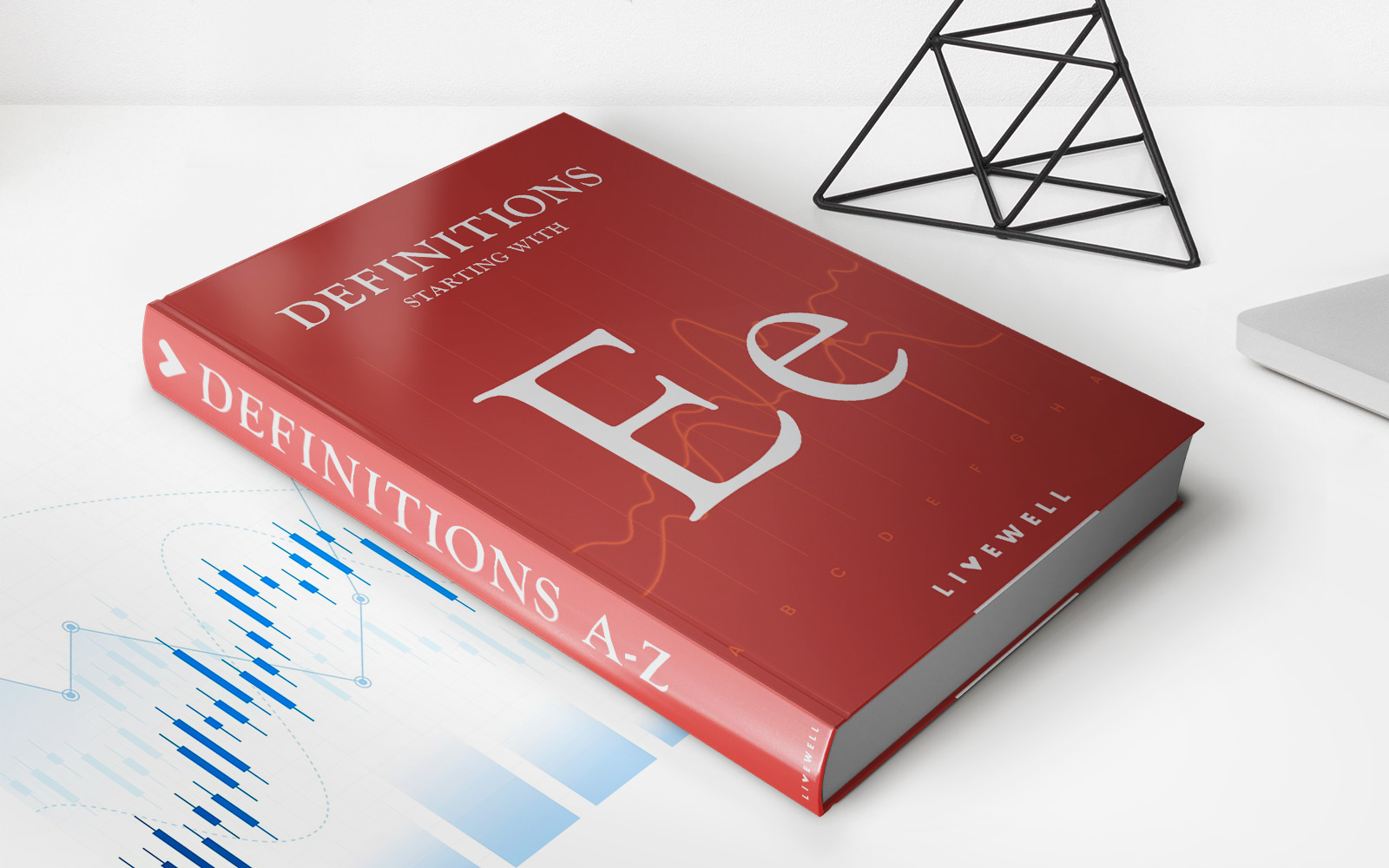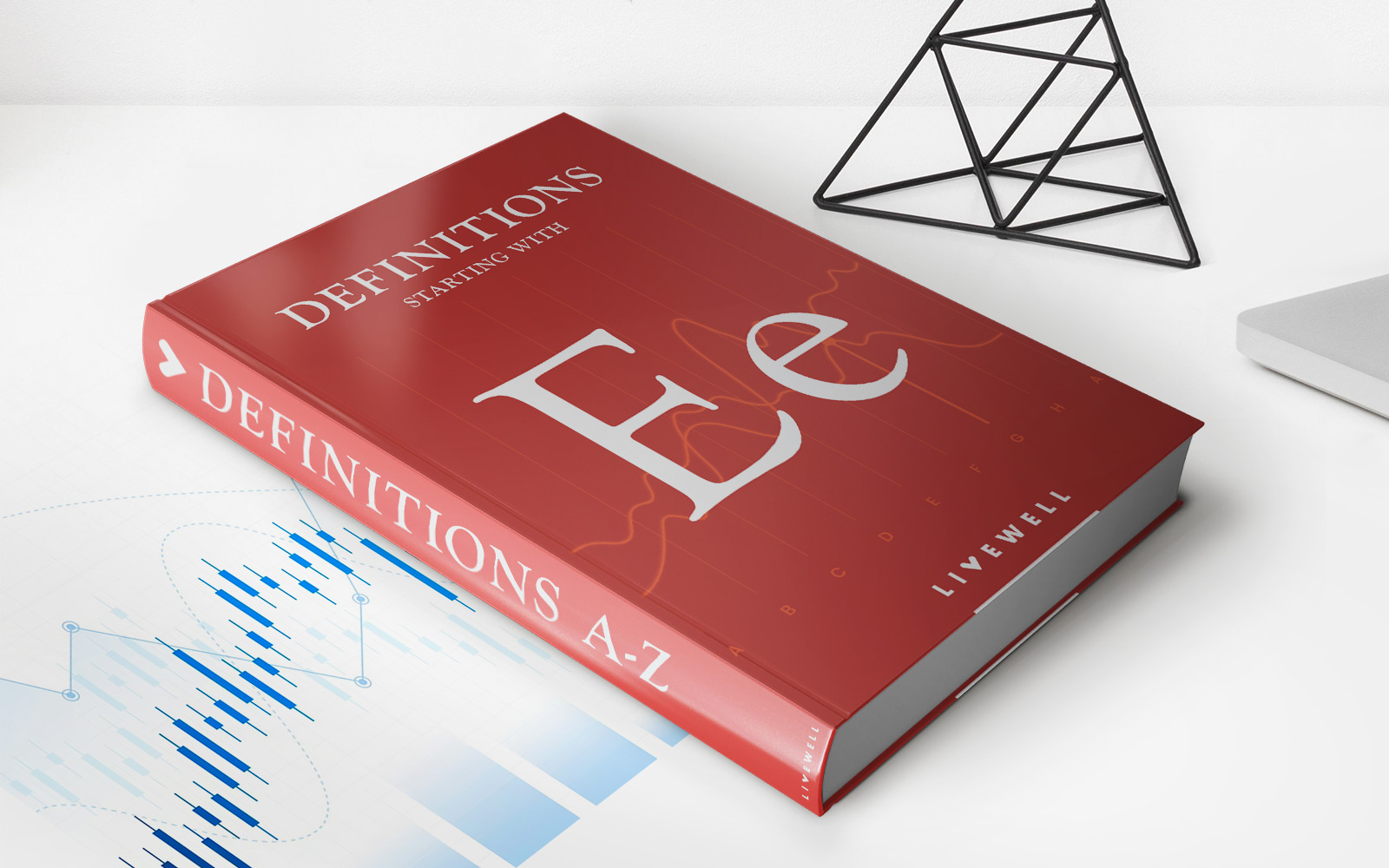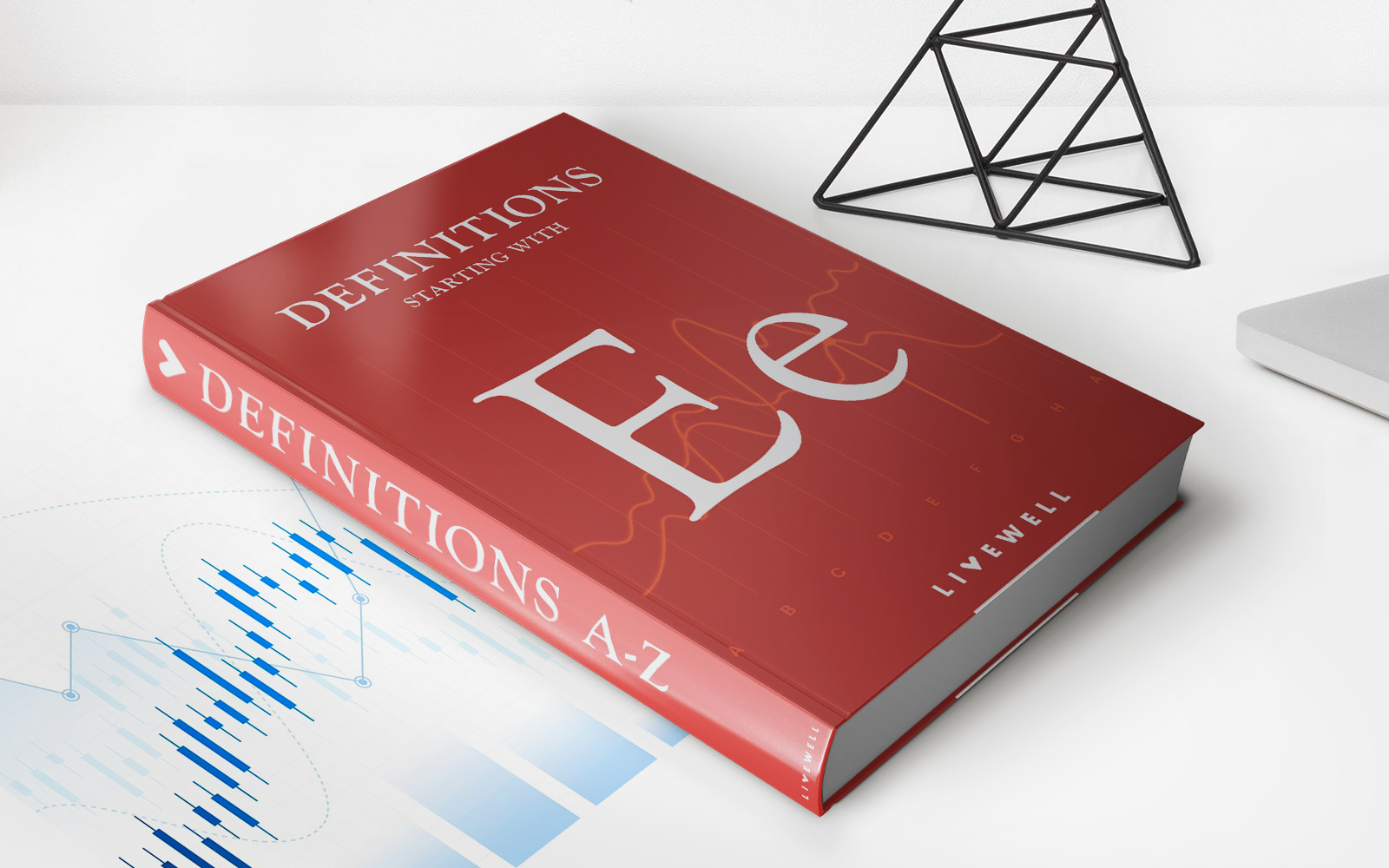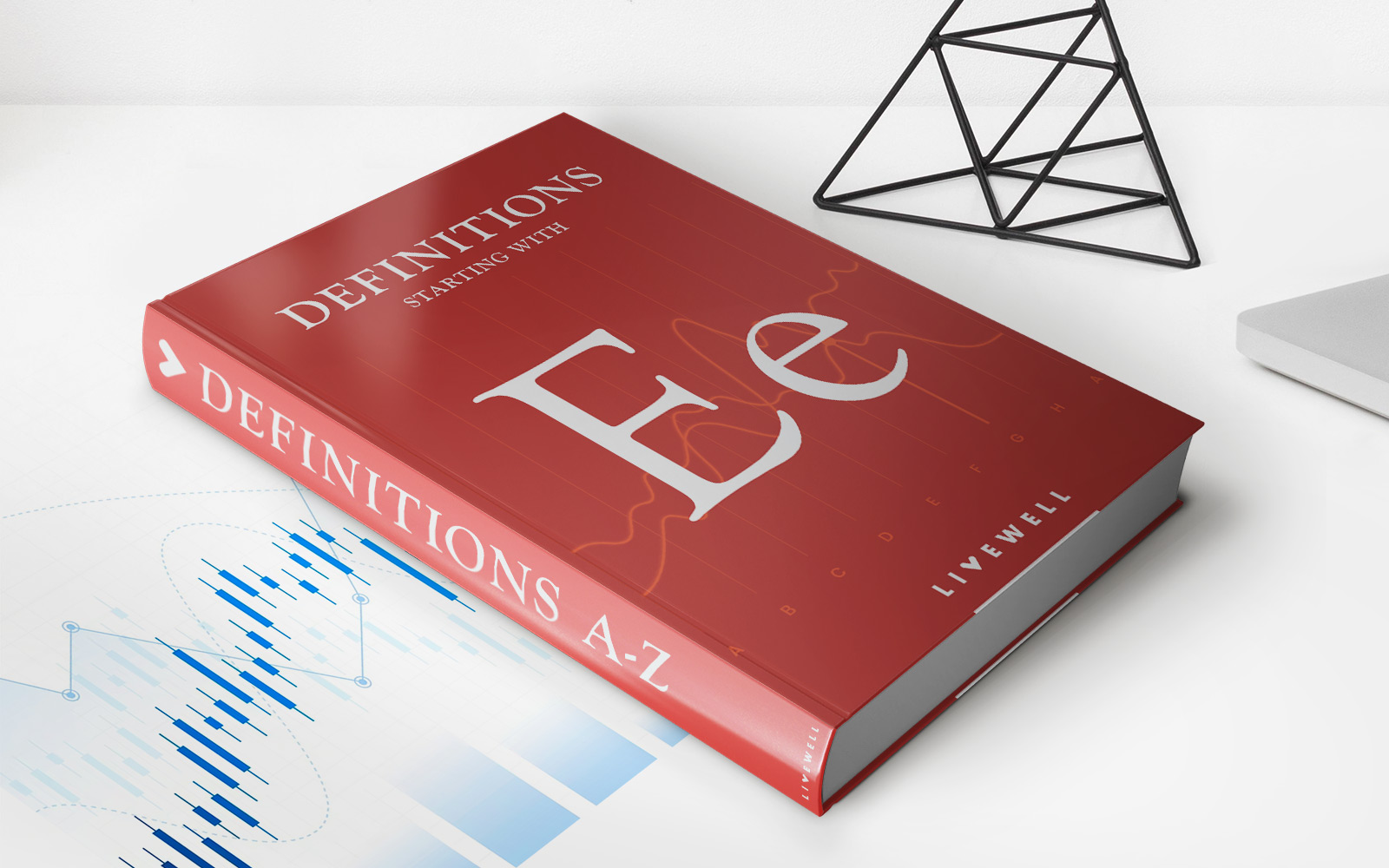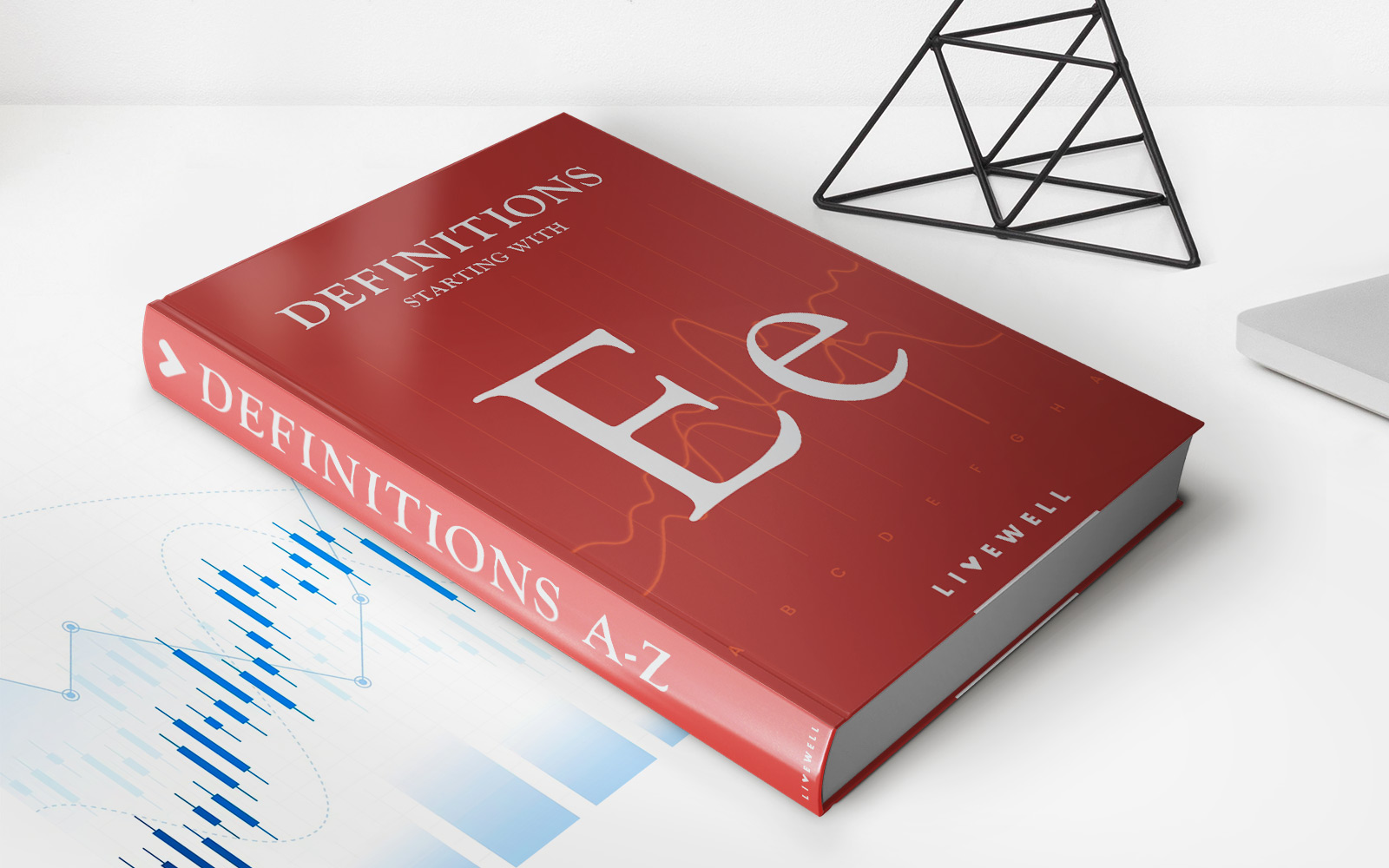

Finance
Excess Loan Definition
Modified: December 30, 2023
Learn about the definition of excess loan in the field of finance. Gain a clear understanding of its implications and how it affects borrowers.
(Many of the links in this article redirect to a specific reviewed product. Your purchase of these products through affiliate links helps to generate commission for LiveWell, at no extra cost. Learn more)
Understanding Excess Loan Definition: Everything You Need to Know
Welcome to another insightful post from our Finance category, where we dive deep into important topics that can help you gain a better understanding of various financial concepts. In this blog post, we will be focusing on the excess loan definition. If you’ve ever wondered what an excess loan is and how it can impact your financial situation, you’re in the right place! So, let’s get started.
Key Takeaways:
- An excess loan refers to a borrowing that exceeds the value of the underlying asset used for collateral.
- It can lead to financial risks and potentially result in negative equity if the value of the collateral drops significantly.
At its core, an excess loan is defined as a borrowing that exceeds the value of the underlying asset used as collateral. It can occur in various financial contexts, such as mortgages, auto loans, or business loans. When someone secures a loan by using an asset as collateral, such as a house or a car, the value of that asset becomes the limit to how much they can borrow. However, individuals may take out a loan larger than the value of the asset, resulting in an excess loan.
So, why would someone take out an excess loan? The primary reason is the belief that the value of the underlying asset will appreciate over time. Individuals may take a risk by borrowing more than the current value of the collateral in hopes of profiting from future price increases. However, this strategy can come with potential risks.
Here are a few key points to keep in mind:
- Financial Risks: Taking out an excess loan can expose the borrower to financial risks. If the value of the collateral drops significantly, the borrower may find themselves in a negative equity situation, where the value of the asset is less than the outstanding loan amount.
- Negative Equity: Negative equity can be particularly worrisome if borrowers need to sell the collateral or refinance the loan before it is fully paid off. In such cases, they may be required to make up the difference between the sale price and the outstanding loan amount out of pocket.
- Loan Terms: It’s essential to carefully review and consider the loan terms when taking out any loan, especially an excess loan. Understanding the interest rate, repayment schedule, and potential penalties can help borrowers make informed decisions about their financial situation.
While an excess loan carries risks, it doesn’t mean that it’s always a bad idea. It can sometimes be a calculated risk that pays off if the value of the collateral increases significantly. However, it is crucial to assess the potential downside and have a backup plan in case things don’t go as anticipated.
In conclusion, an excess loan refers to a borrowing that exceeds the value of the collateral used. It comes with potential financial risks and should be approached with caution. Understanding the terms and implications of an excess loan is crucial before making any financial decisions.
We hope this blog post shed some light on the excess loan definition and its potential impact. If you have any further questions or want to learn more about other finance-related topics, feel free to explore our website or reach out to our team. Stay tuned for more informative posts from our Finance category!
